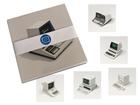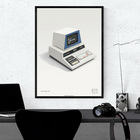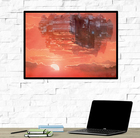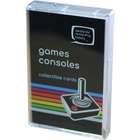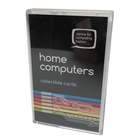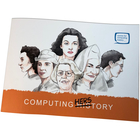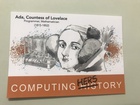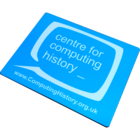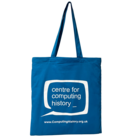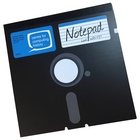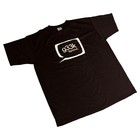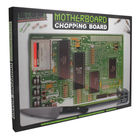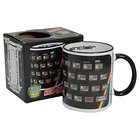SuperPaint

From Wikipedia, the free encyclopedia
For the Apple Macintosh graphics program published by Aldus, see SuperPaint (Macintosh).
SuperPaint was a pioneering graphics program and framebuffer computer system developed by Richard Shoup at Xerox PARC. The system was first conceptualized in late 1972 and produced its first stable image in April 1973. SuperPaint was among the earliest uses of computer technology for creative works, video editing, and computer animation, all which would become major sections within the entertainment industry and major components of industrial design.
SuperPaint had the ability to capture images from standard video input or combine them with preexisting digital data. SuperPaint was also the first program to use now-ubiquitous features in common computer graphics programs such as changing hue, saturation and value of graphical data, choosing from a preset color palette, custom polygons and lines, virtual paintbrushes and pencils, and auto-filling of images. SuperPaint was also the first graphics program to use a graphical user interface and was one of the earliest to feature anti-aliasing.
SuperPaint was used early on to make custom television graphics for KQED-TV in San Francisco, and later to make technical graphics and animations for the NASA Pioneer Venus project mission in late 1978. Due to differences with management at PARC, Shoup left Xerox to found graphics company Aurora Systems, while colleague Alvy Ray Smith went to work at New York Institute of Technology. In 1980, Smith and others joined Industrial Light and Magic, George Lucas' movie special effects firm, and this group later founded Pixar. Shoup won an Emmy award in 1983, and an Academy Award shared with Smith and Thomas Porter in 1998, for his development of SuperPaint.

